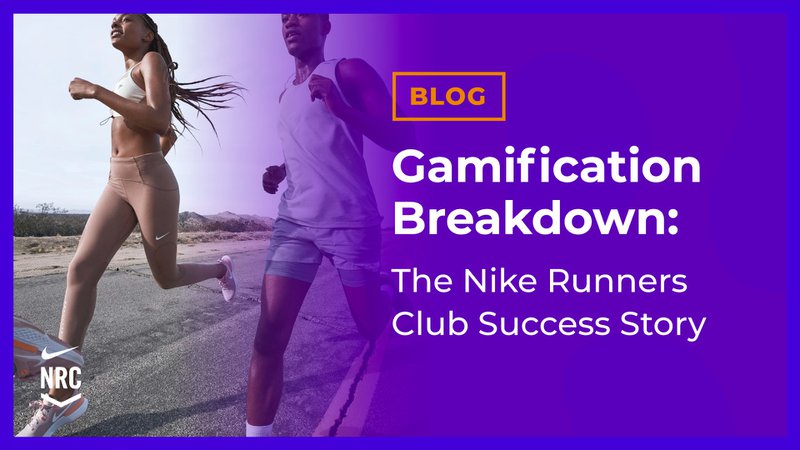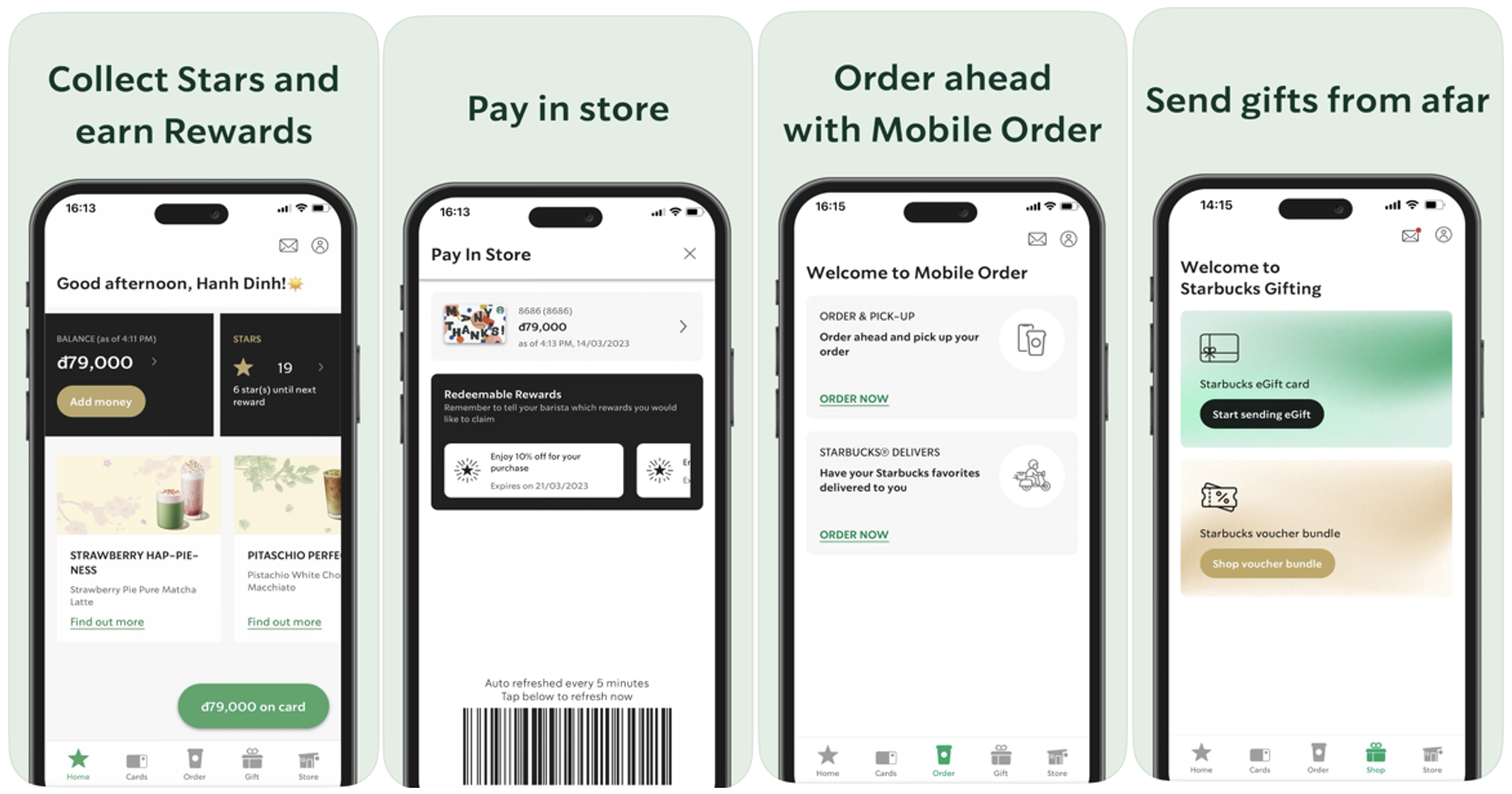Gamification Techniques: Innovative Strategies for Keeping Customers Engaged
Meta Description: Explore innovative gamification techniques that can elevate customer engagement, drive loyalty, and enhance your marketing strategies. Discover successful case studies, actionable insights, and tools to implement gamification in your business.
In today’s fast-paced digital world, businesses are constantly seeking innovative ways to keep their customers engaged. One powerful strategy that has gained traction in recent years is gamification – the application of game-like elements in non-gaming contexts to motivate and enhance user engagement. This blog aims to delve into various gamification techniques, showcasing how they can increase customer loyalty, motivation, and satisfaction.
For the last five years, I have dedicated my career to understanding and optimizing SEO and digital marketing strategies, helping 20+ businesses improve their customer engagement through innovative practices like gamification. Let’s explore the possibilities and benefits that this approach can offer your business!
What is Gamification?
To start, it's essential to define gamification. Gamification involves incorporating game mechanics – such as points, badges, leaderboards, and challenges – into areas that are not traditionally game-related. By tapping into the psychological triggers found in gaming, businesses can foster a competitive spirit, encourage user participation, and drive meaningful engagement.
Why Gamification Matters
1. Increasing Customer Engagement
Engaged customers are an invaluable asset for any business. Research shows that higher levels of engagement lead to greater customer satisfaction, repeat purchases, and brand advocacy. Gamification allows businesses to create a more interactive experience, transforming mundane tasks into exciting challenges.
2. Educating the Audience
Many companies are still unaware of how gamification can enhance their customer interaction efforts. By educating your audience on the principles of gamification, you can open the door to innovative strategies that can improve retention and satisfaction.
3. Providing Value and Solutions
This post aims to equip marketers, business owners, and customer experience professionals with actionable insights. With valuable gamification strategies, your business can tackle common customer engagement challenges directly.
4. Establishing Authority
Sharing knowledge on gamification positions you or your brand as a thought leader in customer engagement and digital marketing, attracting more readers and potential clients.
5. Boosting SEO and Online Visibility
Implementing relevant keywords and phrases related to gamification can enhance your online visibility, driving organic traffic that may lead to increased conversions.
Successful Case Studies in Gamification
To illustrate the effectiveness of gamification, let's look at some brands that have successfully implemented these techniques:
Nike+
The Nike+ app encourages users to track their workouts and achieve fitness goals through gamification. Users earn points for miles run and can share their achievements with friends, creating a supportive community that fosters motivation.

Starbucks
The Starbucks Rewards program gamifies customer loyalty, allowing customers to earn stars for every purchase which can be redeemed for free items. This strategy creates a sense of achievement and encourages repeat visits.

Duolingo
This language-learning app effectively employs gamification strategies by rewarding users with points and streaks, encouraging daily learning and making the process fun and engaging.
Statistics and Research Data
To emphasize the significance of gamification, consider the following statistics:
- According to Gartner, by 2022, over 70% of organizations will use gamification in their customer engagement strategies, leading to higher conversion rates.
- Research from Forrester indicates that users engaging with gamified platforms experience up to 100% increases in engagement. Additionally, loyalty programs can boost repurchase rates by 25-30%.
- A survey found that 83% of employees would be more engaged at work if their environment included gamified elements.
Key Gamification Techniques and Strategies
Here are some effective gamification techniques businesses can implement:
| Technique | Implementation |
|---|---|
| Point Systems | Users earn points for completing tasks or making purchases. |
| Leaderboards | Introduce competitive elements by showcasing top-performing users. |
| Challenges and Quests | Create community challenges to encourage user participation and camaraderie. |
| Badges and Achievements | Award badges to motivate customers to reach milestones (e.g., completing courses). |
The Psychological Principles Behind Gamification
Understanding the motivation theory behind gamification can enhance its effectiveness:
- Self-Determination Theory suggests that motivation is driven by three factors: autonomy, competence, and relatedness. Incorporating these elements into gamified experiences can forge a deeper connection with the user.
- The concept of FOMO (Fear of Missing Out) plays a crucial role in driving engagement within gamified environments, encouraging users to actively participate to avoid missing valuable rewards or recognition.
Tools and Platforms for Gamification
Implementing gamification strategies is easier with the right tools. Here are some popular platforms that can assist in your gamification efforts:
- BambooHR: This HR software integrates gamification to improve employee engagement and productivity.
- Kahoot!: A platform that enables educators to create interactive quizzes, fostering engagement in educational environments.
- Gamify: A user-friendly tool that allows businesses to design their own gamified experiences easily.
Evaluation and Measurement
When implementing gamification, it’s crucial to monitor the appropriate metrics to evaluate effectiveness. Key Performance Indicators (KPIs) to track include:
- Customer engagement rates
- Retention rates
- Active user metrics
- Feedback surveys
These insights will provide valuable feedback on the performance of your gamification strategies.
The Future of Gamification
Looking ahead, gamification is expected to evolve with advancements in technology. Augmented reality (AR) and virtual reality (VR) are emerging trends that have the potential to significantly enhance customer engagement by providing immersive and interactive experiences.
Common Pitfalls in Gamification Strategies
While gamification can be highly effective, businesses should be mindful of common pitfalls:
- Overly Complex Systems: Ensure your gamification strategy is simple enough for users to understand. Complexity may frustrate customers and hinder engagement.
- Misalignment with Business Goals: Always align gamification efforts with business objectives to maximize effectiveness.
Conclusion
Gamification has the power to transform customer engagement for businesses across various industries. By implementing innovative strategies and leveraging the principles of gamification, you can create an engaging experience that not only captivates customers but also drives brand loyalty and satisfaction.
Reflect on your current engagement strategies and consider how gamification techniques can be integrated effectively. For further insights, explore related content on enhancing customer engagement or subscribe to our newsletter for updates and best practices in digital marketing and customer experience. Together, let’s unlock the potential of gamification in your business!

